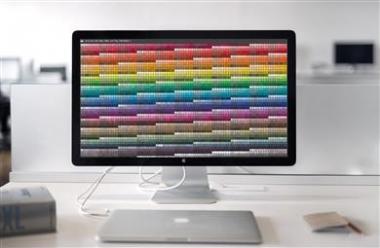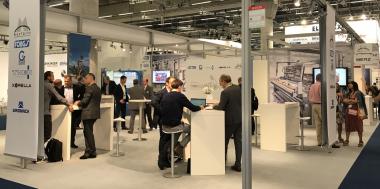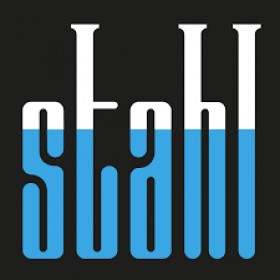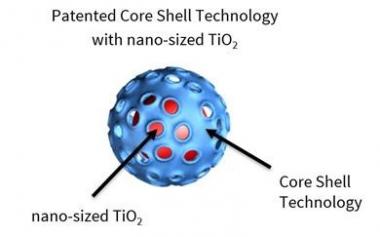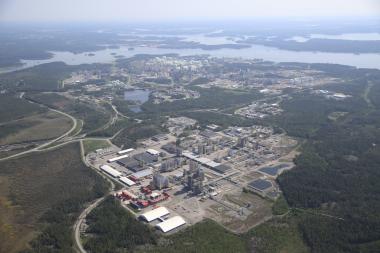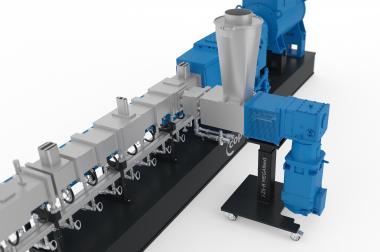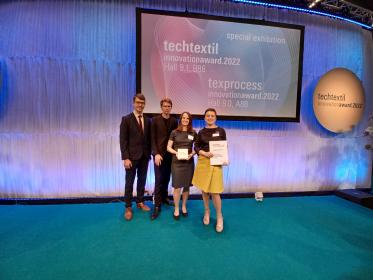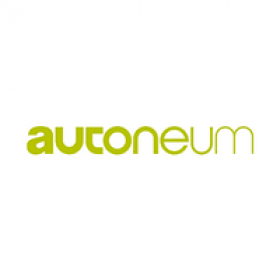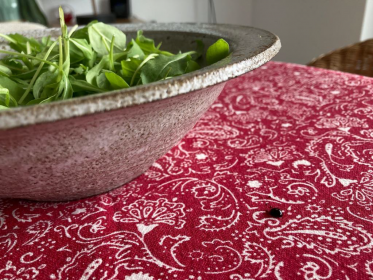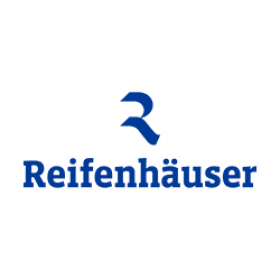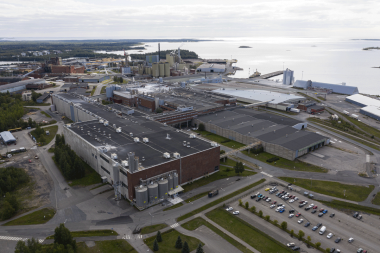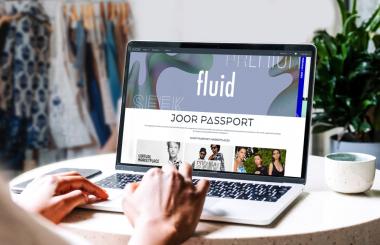Archroma releases its Color Atlas online library for open access
Archroma, a leader in specialty chemicals towards sustainable solutions, announced that the 5’760 color references of its Color Atlas library will be available in ASE file format for open access to the users of most design software for fashion, apparel, and textiles. With this, designers and stylists are given open access to the largest library of colors for cotton and polyester.
ASE or .ase (for Adobe Swatch Exchange) files are used to upload, share and access colors through the swatch palette of design software such as Photoshop, Illustrator and most CAD (Computer-aided design) systems.
The Color Atlas by Archroma® was launched in 2016 to provide fashion designers and stylists with off-the-shelf color inspiration that can be implemented in production with just a few clicks.
The Color Atlas continues to evolve in line with Archroma’s commitment to sustainability through innovation. The company describes its approach as “The Archroma Way to a sustainable world: safe, efficient, enhanced, it’s our nature”.
All color references available in the Color Atlas have been formulated with products that comply with leading international eco-standards, and can be selected based on the desired sustainability profile.
Each color from the Color Atlas by Archroma® is available for purchase from Archroma as a physical color standard that includes precise digital data and access to global dyeing technical support.
Archroma / EMG


